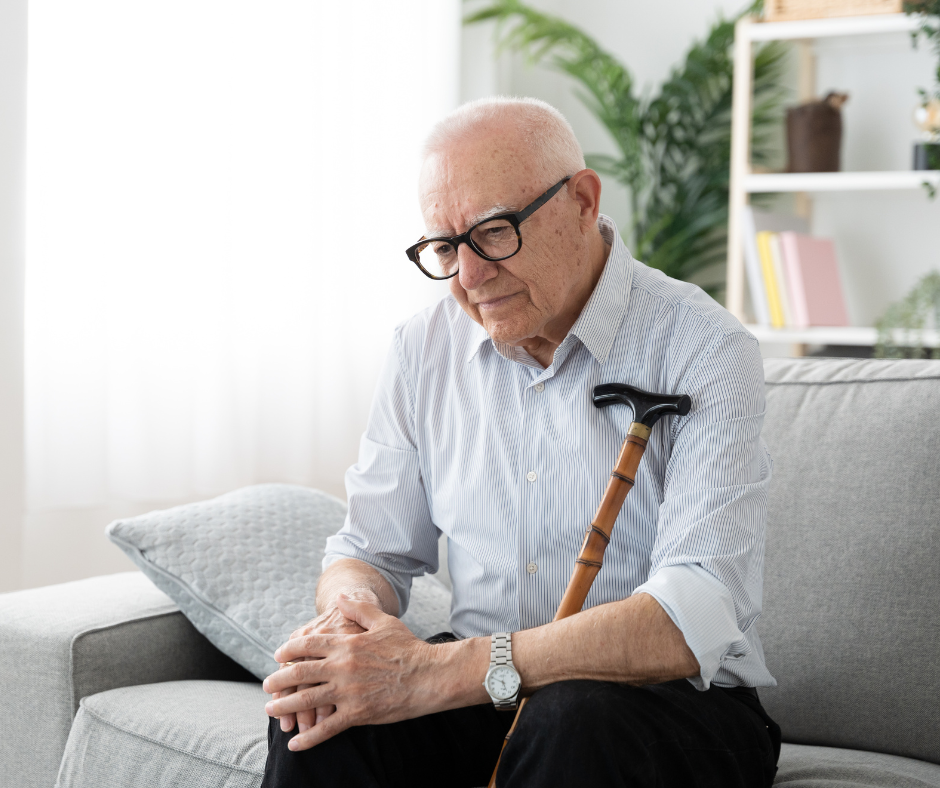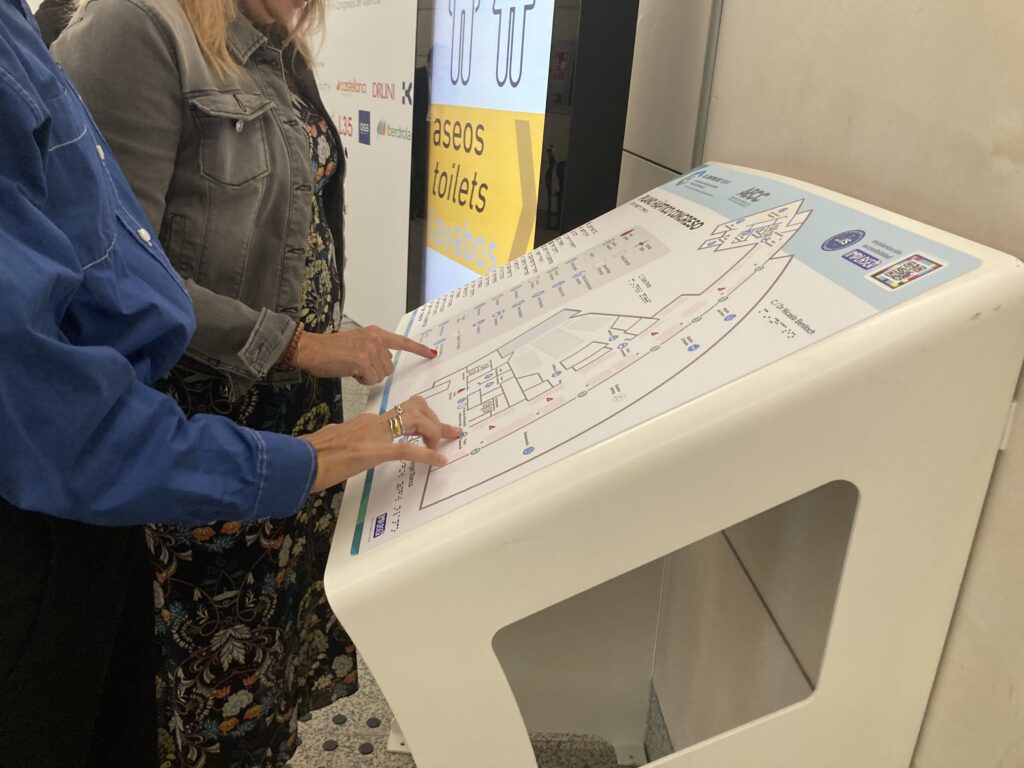Accessibility is fundamental to creating inclusive and usable spaces for all people. Despite this, there are some myths that can confuse or discourage those seeking to make their buildings, offices, events… accessible. Let’s clear them up.
Myth 1: Accessibility in physical spaces is very expensive and only large companies can implement it.
Reality: Although there may be associated costs, many accessibility improvements are low-cost, such as appropriate signage, adjustments to furniture or use of slip-resistant materials. In addition, accessibility is also a long-term investment, as it can attract a wider audience, improve customer satisfaction and reduce legal risks.
Myth 2: Only people with disabilities need accessible spaces.

Fact: Accessibility benefits persons with disabilities, but not only persons with disabilities. Seniors, parents with prams, people with temporary injuries, and even travellers with suitcases are users of accessibility. The truth is that accessibility improves comfort and safety for everyone.
Accessibility is essential for 16% of the world’s population, but positive for 100%.
Myth 3: Adapting an old building to make it accessible is impossible.
Reality: Although it can present certain challenges, there are solutions adapted to historic buildings, as well as management systems that facilitate the reception of the service. In fact, the AIS 1/2023 Standard has a specific modality for Singular or Protected Buildings.
Myth 4: Accessibility in physical space only involves building ramps.
Reality: Accessibility includes a variety of measures that go beyond ramps, such as accessible toilets, Braille and haptic signage, corridors and doors with a suitable passageway, lighting, furniture… Accessibility is a comprehensive concept that takes into account the physical aspect, but also the cognitive and sensory aspects.
Myth 5: Visually impaired people do not need signage in buildings.

Reality: Visually impaired people do need accessible signage, and can benefit from elements such as Braille signage, haptic maps, and guidance systems such as Navilens.
In addition, the design of spaces with colour contrasts and good lighting helps people with low vision to move around more easily.
Myth 6: Complying with accessibility regulations in physical spaces is enough.
Reality: Standards are the minimum required, but going beyond them is what truly ensures that a space is accessible. Minimum standards may not meet all people’s accessibility needs, so it is ideal to evaluate how to improve the experience for everyone.
Myth 7: People with disabilities prefer not to go out and do not frequent public spaces.
Reality: Lack of accessibility is what limits mobility, not preference. Many people with disabilities want and need access to public and private places, but the design of spaces is often a barrier. Creating accessible space allows more people to participate fully in society.
Myth 8: Accessibility diminishes the aesthetic appeal of a space.
Reality: Accessibility and aesthetic design are not mutually exclusive. In fact, accessibility can be perfectly integrated into aesthetic design, achieving a functional and attractive space. In fact, accessibility is only perceived when it is missing.
Myth 9: Accessibility is only important for public spaces.

Reality: Accessibility is critical in all types of spaces, including private offices, shops, restaurants, and residential buildings. Not only does it enhance the user experience and increase the value of the property, but it is also a reflection of the business or property owner’s commitment to inclusivity.
Furthermore, people with disabilities must be able to develop in the labour market, have access to education, health, justice…. In short, to have a full life with equal opportunities.
Myth 10: Nothing can be done once the space is already built.
Reality: There are many physical space accessibility solutions that can be implemented after construction. From ramps to signage, lighting adjustments, and adapted furniture, there are options to make a space more accessible without the need to completely remodel it.

